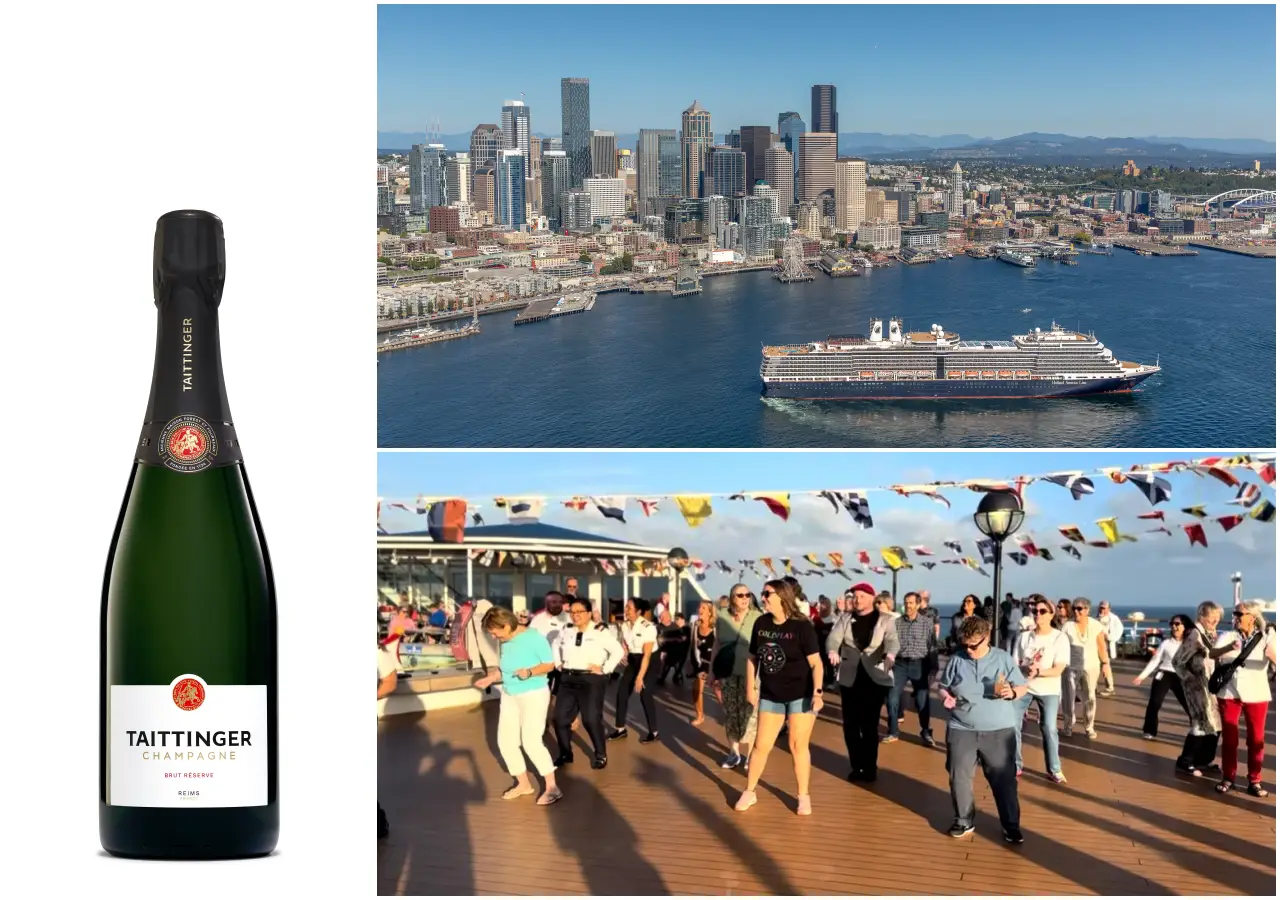Animation can be a great addition to your eLearning videos. Not only does it add an element of fun, but it can also help explain concepts in a more visually engaging way.
But what type of animation should you use? There are many different animation styles, each with its strengths and weaknesses. By choosing a flexible cloud-based LMS like Absorb LMS, you can upload and share multiple eLearning video styles for your internal and external stakeholders and figure out what works best for your organization. This blog post will explore 7 of the most popular animation styles in eLearning videos.
1. Comic Style Animation
Comic-style animation is an excellent choice for eLearning videos because it can help make complex topics more relatable and engaging. This type of animation uses simple, 2D illustrations to bring concepts to life in a way that is easy for learners to understand. Plus, the lighthearted nature of comic-style animation can help keep learners engaged and motivated throughout your video.
2. Stop Motion
Stop-motion animation is one of the oldest and most famous animation types. It’s an excellent choice for eLearning videos because it can create many visuals, from simple illustrations to complex 3D models.
Creating stop-motion animations with almost any material, including paper, clay, legos, and even food, is possible. To create a stop-motion animation, you’ll need to capture images showing your subject in different positions and then link them together to create the illusion of movement.
One of the benefits of stop-motion animation is that it’s relatively easy to produce. You don’t need expensive software or hardware to get started; you only need a camera and some patience! Stop motion can also be a great way to add personality and style to your eLearning video.
Stop motion is worth considering if you’re looking for an engaging and visually rich way to animate your eLearning content!
3. 2D Digital Animation
Digital animation is created using a computer. This type of animation can be two-dimensional (2D) or three-dimensional (3D). 2D digital animation is created using software such as Adobe Photoshop or Illustrator. 3D digital animation is created using software such as Autodesk Maya or 3ds Max.
Various eLearning videos, such as explainer, educational, and marketing videos, can be made using digital animation. When creating an eLearning video, it’s essential to consider the use of color, lighting, and sound. These elements can make your video more engaging and memorable for your viewers.
4. 3D Computer Animation
3D computer animation is a type of animation that uses computers to create graphics. 3D computer animation can create characters, backgrounds, and objects. This type of animation is often used in movies, video games, and commercials.
5. Motion Graphics
Many different types of animation styles can be used for eLearning videos. Some of the most popular include motion graphics, 2D animation, 3D animation, and stop motion.
Motion graphics are a type of animation that uses graphic elements to create a moving image. This can be done using existing footage or creating new graphic elements. Motion graphics are often used to create title sequences, lower thirds, or graphic overlays.
Stop-motion is a type of animation that uses physical objects to create a moving image. This can be done by taking pictures of the things and then replaying the images in sequence. Stop-motion is often used to develop claymation or stop-motion cartoons.
6. Whiteboard Animation
Whiteboard animation is one of the most popular styles of eLearning videos. As the name suggests, this style uses a whiteboard (or sometimes a chalkboard) as the canvas for the video. An artist will draw out the characters and key scenes while a narrator speaks. This style is great for explainer videos and can be used to break down complex concepts into easy-to-understand visuals.
7. Kinetic Typography
Kinetic typography is an excellent choice for eLearning video animation styles. This type of animation uses text and other graphic elements to convey a message dynamically and engagingly.
Kinetic typography helps create simple animations, like text sliding across the screen, or more complex animations with multiple elements moving around. No matter what level of complexity you want, kinetic typography is a great way to add interest and engagement to your eLearning videos.
Conclusion
There are a variety of animation styles to choose from when creating your next eLearning video. The type you choose should be based on the content of your video and the overall tone you want to set. Some styles are more serious, and others are more fun and lighthearted. No matter your style, make sure it is appropriate for your eLearning video and will engage your viewers.













